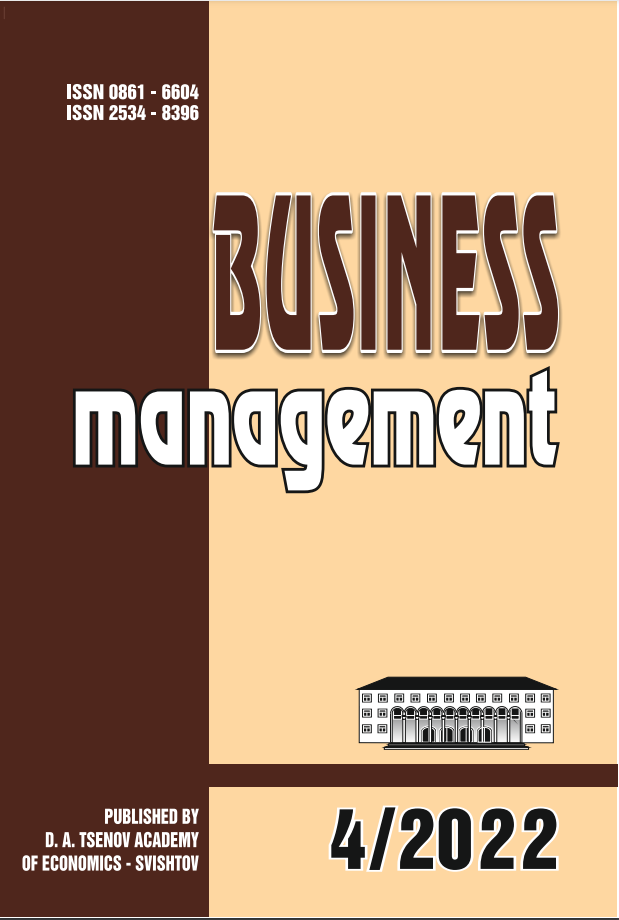Spillover Effects Between Indochina Metal Futures Markets
Spillover Effects Between Indochina Metal Futures Markets
Author(s): RAVI KUMAR, Babli DhimanSubject(s): Economy, Business Economy / Management
Published by: Стопанска академия »Д. А. Ценов«
Keywords: spillover; Granger causality; DCC - GARCH; metal futures market; correlation
Summary/Abstract: India and China have been at the top of the exporter, importer, producer and consumer economies. The two neighbouring countries provide the largest market in the world. They also share a similar history of development of their commodity derivatives markets. This paper aims to examine the direction of causality and spillover effect between the metal futures markets of the two economies. The analysis is done for metals such as copper, aluminium, zinc and gold in the period 2009 - 2020 by using Granger causality and Dynamic Conditional Correlation -GARCH (DCC-GARCH) models. The gold futures at the Multi Commodity Exchange (MCX) have a unidirectional causality on the gold futures traded at Shanghai Futures Exchanges (SHFE), unlike other metals having bidirectional causality. Similarly, GARCH results report only long-term volatility spillover for gold futures returns, while for the base metals, both short-term and long spillover exist. The findings indicate that the Indian metals futures market has started to influence the Chinese metal futures. The results have important implications for policymakers, regulators, industrialists and offshore traders of physical commodities in hedging their positions.
Journal: Бизнес управление
- Issue Year: 2022
- Issue No: 4
- Page Range: 5-17
- Page Count: 13
- Language: English

